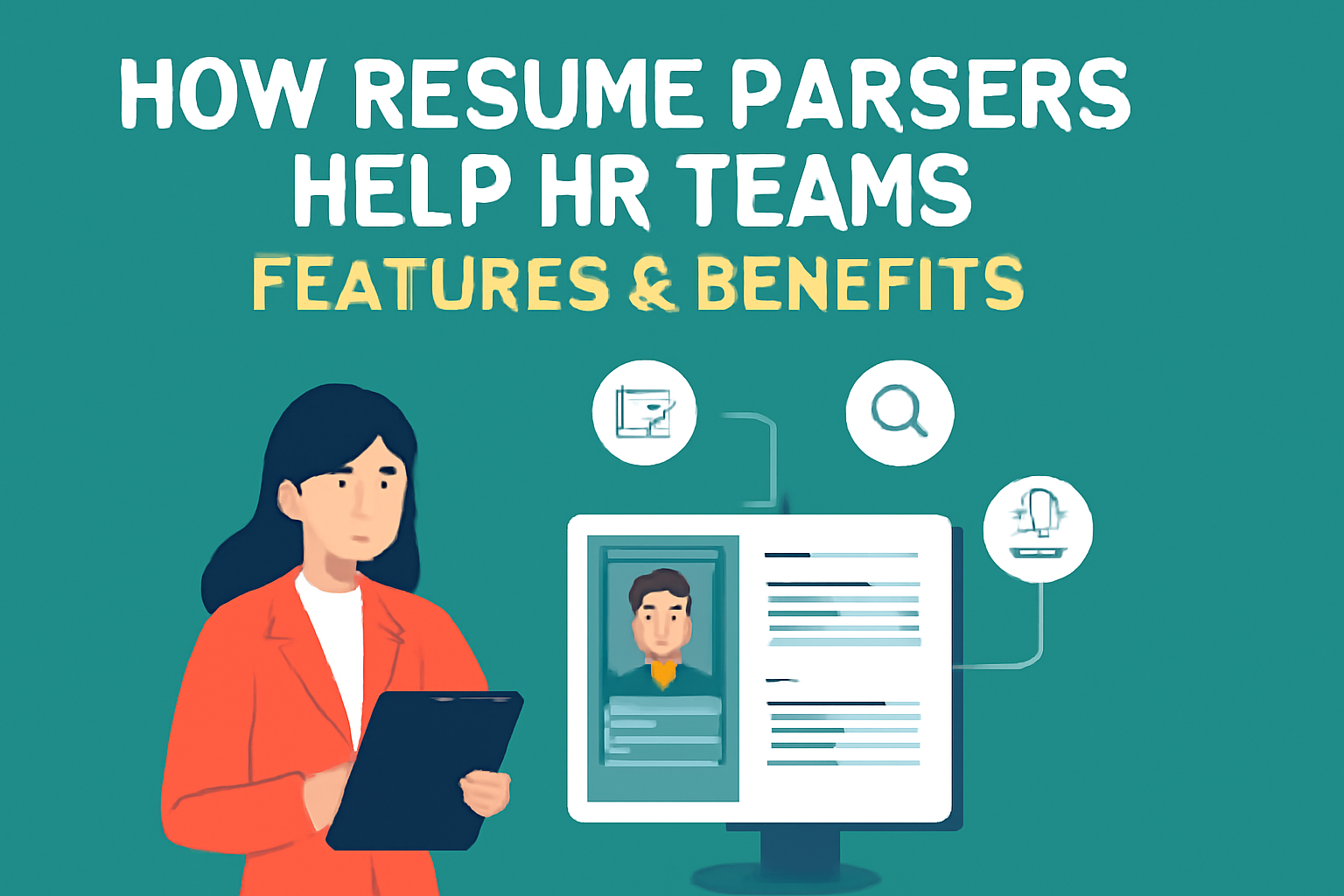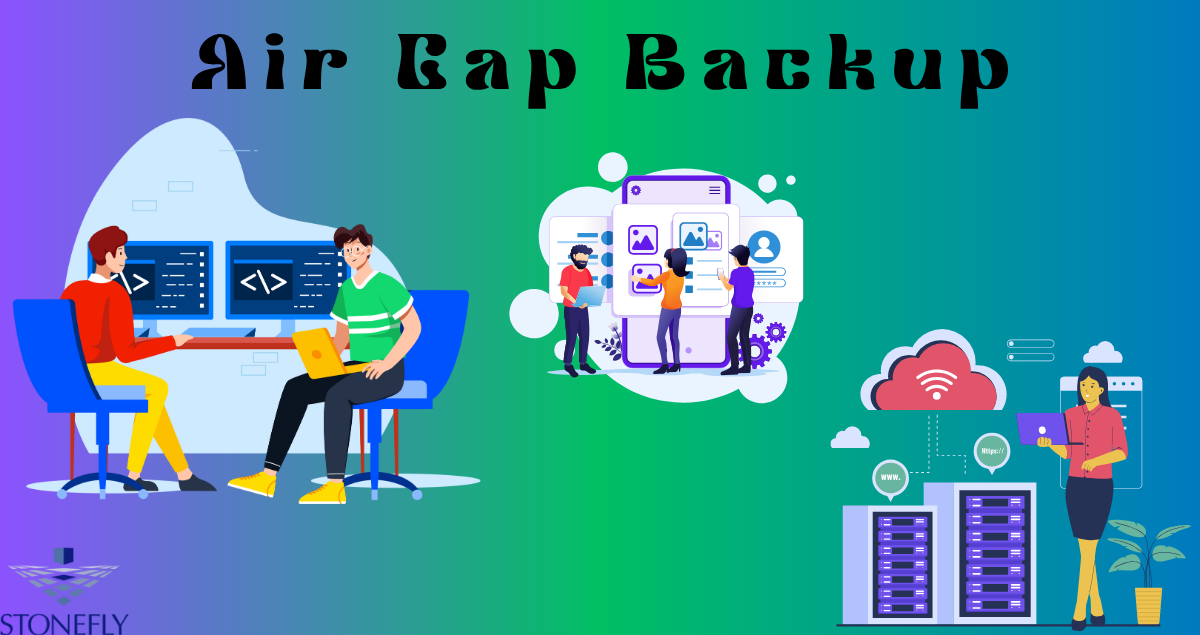Discover how AI-powered resume parsing boosts HR efficiency, improves candidate matching, and transforms hiring in today’s fast-paced recruitment landscape.
In today’s fast-paced recruitment world, HR teams face the challenge of sorting through thousands of resumes quickly and accurately. Manual screening is no longer feasible, and that’s where resume parsing software steps in to revolutionize the hiring process. This comprehensive guide explores how resume parsers work, their key features, benefits, and why HR professionals should adopt this powerful technology in 2025.
What Is a Resume Parser?
A resume parser is an AI-driven software tool designed to automate the extraction of vital candidate information from resumes and CVs. Instead of manually reading through documents, HR teams can rely on this technology to transform unstructured resume data into a structured format that’s easy to analyze and integrate with Applicant Tracking Systems (ATS).
For HR teams, resume parsing streamlines recruitment by automatically capturing details such as contact information, work experience, skills, education, and certifications. This automation reduces human error and significantly speeds up candidate screening.
Evolution of Resume Parsing Technology
Recruitment has come a long way from the days of physical resume piles and manual evaluation. Early parsing tools were basic and struggled with non-standard resume formats. Today, advancements in Artificial Intelligence (AI) and Natural Language Processing (NLP) have enabled resume parsers to understand context, recognize industry-specific terminology, and extract data with impressive accuracy.
Modern resume parsers learn from each resume they process, improving their ability to handle diverse layouts and complex information, making them indispensable for HR teams managing large applicant volumes.
Why Resume Parsers Are Crucial for HR Teams in 2025
With a surge in online job applications, HR teams are overwhelmed by the sheer volume of candidate data. Resume parsing software empowers HR teams by:
- Processing high volumes efficiently: Automated parsing handles thousands of resumes quickly.
- Ensuring unbiased screening: Standardized data extraction reduces unconscious bias.
- Improving candidate matching: AI matches skills and experience with job requirements precisely.
Moreover, integration with existing HR tools makes it easier to maintain seamless workflows and improve recruitment outcomes.
How Do Resume Parsers Work? A Step-By-Step Overview
Data Extraction Process
Resume parsers scan resumes in various formats, including PDF, DOCX, and TXT. Using AI, they identify key data points such as:
- Personal contact information
- Work experience history
- Educational background
- Skills and certifications
The software uses pattern recognition and predefined rules to accurately extract this information into structured fields.
Role of Natural Language Processing (NLP)
NLP helps the parser understand the context and meaning behind the words in resumes. For example, it can differentiate between “Java” as a programming skill or as a hobby. NLP also disambiguates jargon and industry-specific terms, enhancing parsing accuracy.
Machine Learning Enhancements
Resume parsers are powered by machine learning models that continuously learn from new data. This means they adapt to new resume formats and improve parsing accuracy over time. Feedback from recruiters can be used to train these models further.
Handling Complex Resume Formats
Many candidates submit resumes with non-traditional layouts, graphics, or even scanned images. Resume parsers use Optical Character Recognition (OCR) technology to extract text from scanned documents and overcome challenges posed by complex formatting.
Key Features of Resume Parsers for HR Teams
Multi-Format Support
A robust resume parser supports multiple file types, ensuring it can handle resumes submitted in various formats without losing data integrity. This compatibility extends to integration with multiple ATS platforms for seamless workflows.
Real-Time Parsing
Top resume parsing software processes resumes instantly, providing recruiters with structured candidate data in real-time. This feature dramatically reduces the time to shortlist candidates and move them through the hiring funnel.
Customizable Parsing Rules
Different job roles and industries require varied data points. Customizable parsing rules enable HR teams to tailor the software to extract the most relevant information, ensuring higher precision in candidate matching.
Multilingual Capabilities
As companies expand globally, the ability to parse resumes in multiple languages becomes critical. Advanced parsers support numerous languages, facilitating global recruitment and diversity initiatives.
Benefits of Resume Parsers for HR Teams
Time and Cost Efficiency
Automating resume parsing eliminates manual data entry, freeing HR staff to focus on interviewing and engagement. This efficiency translates into shorter recruitment cycles and significant cost savings.
Improved Candidate Matching
By accurately extracting skills, experience, and qualifications, resume parsers enhance the quality of candidate shortlists. AI-powered matching aligns candidate profiles closely with job descriptions, improving hiring outcomes.
Enhanced Candidate Experience
Faster resume processing means applicants receive quicker feedback, improving their overall experience and engagement with the employer brand.
Data-Driven Decision Making
Parsed resume data can be leveraged for analytics, helping HR leaders identify hiring trends, skill shortages, and improve workforce planning.
Challenges and Limitations of Resume Parsers
Despite their many benefits, resume parsers face challenges:
- Unstructured data: Resumes with unconventional formats or missing sections can reduce parsing accuracy.
- Language nuances: Variations in terminology or cultural expressions can sometimes confuse parsing algorithms.
- Context understanding: While NLP has advanced, some complex or ambiguous information may still require human review.
Awareness of these limitations helps HR teams use resume parsers effectively, combining automation with expert judgment.
Frequently Asked Questions (FAQs)
What Is Resume Parsing?
Resume parsing is the automated process of extracting and structuring candidate data from resumes using AI technologies.
How Does a Resume Parser Work?
It scans resumes, applies NLP and machine learning to identify and extract relevant data fields, then formats them for easy use in recruitment systems.
What Are the Benefits of Using a Resume Parser?
Key benefits include faster screening, reduced workload, better candidate-job matching, and enhanced data accuracy.
Are There Any Limitations to Resume Parsers?
Yes, challenges include handling non-standard resume formats, language ambiguities, and the need for occasional human oversight.
Conclusion
For HR teams aiming to stay competitive and efficient in 2025, resume parsing software is no longer optional but essential. By automating data extraction, improving candidate matching, and enabling data-driven decisions, resume parsers reduce workload and enhance recruitment quality. Embracing this technology helps HR professionals focus on what truly matters: finding and engaging the best talent.













Leave a Reply